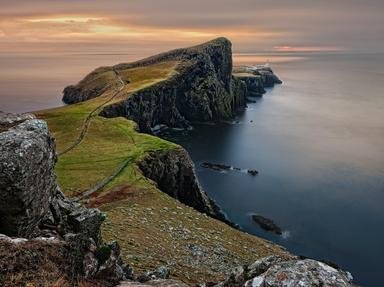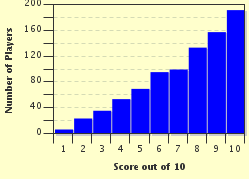Quiz Answer Key and Fun Facts
1. During their occupation of Britain, what name did the Romans give to the area now known as Scotland?
2. The patron saint of Scotland is Saint Andrew. On which day is his feast day celebrated?
3. A traditional Scottish food is the Arbroath Smokie. Which type of fish is smoked to produce this?
4. In 1603 James I became King of England following the death of Elizabeth I. He had been King of Scotland since 1567, ruling under which name?
5. The unofficial anthem of Scotland is 'Flower of Scotland', which is a traditional song dating from the 14th century.
6. The date 25th January is an important date in Scotland as it honours the birth date of which of these famous Scots?
7. The Stone of Scone, or Coronation Stone, was taken from Scotland in 1296 by Edward I. It was returned to Scotland in 1996 and originally kept where?
8. Which Scottish city is known as 'The Fair City'?
9. The quiz title comes from the song lyrics 'Oh ye'll tak' the high road and I'll tak' the low road' which are about which Scottish loch?
10. Which flower is considered to be the national emblem of Scotland?
Source: Author
rossian
This quiz was reviewed by FunTrivia editor
gtho4 before going online.
Any errors found in FunTrivia content are routinely corrected through our feedback system.


